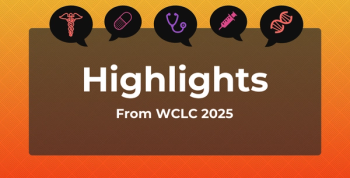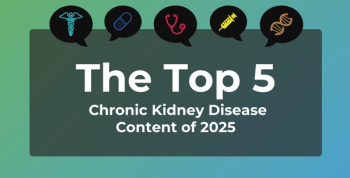
Medicare Patients Eligible for Medication Therapy Management More Sensitive to Cost-Related Adherence
Future Medicare Part D models should consider alternative strategies to improve cost-related non-adherence.
Cost-related medication non-adherence (CRN) is higher in
The study showed that CRN is higher in patients ages 65 to 74 than in those aged 75 and older.
CMS established MTM with the goal to improve medication adherence. MTM services allow pharmacists to help patients improve adherence, and also help detect adverse drug events and medication misuse.
Study authors aimed to determine the national prevalence of CRN, which occurs when patients skip doses or take less medication than prescribed due to out-of-pocket costs.
Researchers conducted a cross-sectional study using Medicare Current Beneficiary Surveys (MCBS) to explore the effect of MTM on CRN. The study identified 1549 beneficiaries who were eligible for MTM and found that the prevalence of CRN in this group was higher than those not eligible for MTM.
According to the
- Have multiple chronic diseases
- Are taking multiple Part D drugs
- Are likely to incur annual Part D drug costs that meet or exceed a certain threshold
Overall, the prevalence of CRN among MTM-eligible beneficiaries was 24.14%, with the following characteristics making up for large portions of the group:
- Female (61.54%)
- Non-Hispanic Whites (70.99%)
- Residents of metropolitan areas (75.15%)
- Excellent, very good, or good health status (57.92%)
- Those without Medicare low-income subsidy (LIS) (52.13%)
The prevalence of CRN was much lower among respondents that were not MTM-eligible (13.44%), with the following predominant characteristics:
- Non-Hispanic Whites (73.34%)
- Residents of metropolitan areas (77.26%)
- Excellent, very good, or good health status (78.59%)
- Low activities of daily living (ADL) score (66.65%)
- Without LIS (74.06%)
There were clear differences in CRN prevalence in Medicare beneficiaries based on location, income, and health behaviors. Patients in the South had a higher CRN prevalence compared with patients in the Northeast (OR, 1.42, 95% CI, 1.07–1.89). Beneficiaries with an annual income between $10,001 and $20,000 had a higher CRN (odd ratio [OR], 1.33, 95% CI, 1.02–1.72) than those with an income of less than $10,000 or more than $40,000. Current smokers also had a higher prevalence of CRN compared to non-smokers (OR, 1.32, 95% CI, 1.04–1.67).
“The higher CRN rate in MTM-eligible beneficiaries suggested that these MTM-eligible beneficiaries with a higher estimated annual medical cost, multiple diseases, and medications, may still have problems in affording their medical or medication cost, which may, in turn, lead to bad therapeutic outcomes,” the authors said.
Medicare beneficiaries aged 75 to 84 years (OR, 0.54, 95% CI, 0.44–0.68) and 85 years or older (OR, 0.29, 95% CI, 0.21–0.42) had a lower prevalence of CRN compared to those aged 65 to 74. The authors suggest this may be due to better care or more concern for their health with age.
On the other hand, they mention that CRN is higher when physical health is worse. “This may be because patients with worse health can not take good care of themselves and non-adherence will partly further result in bad health,” they said. “However, the causal relationship between the two needs further studies.”
The study says that, according to the results of multivariable logistic regressions, MTM eligibility was significantly associated with a higher prevalence of CRN (OR, 1.59, 95% CI, 1.28–1.96).
“Alternative strategies to improve CRN should be considered in future Medicare Part D Enhanced MTM Models,” the authors said.
Reference
Zhang W, Lv G, Xiong, et al. Effect of cost-related medication non-adherence among older adults with medication therapy management. Front Med. Published online June 17, 2021. doi:10.3389/fmed.2021.670034
Newsletter
Stay ahead of policy, cost, and value—subscribe to AJMC for expert insights at the intersection of clinical care and health economics.









































